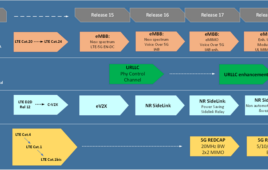Despite leading the open-source mobile browser movement, the WebKit rendering engine faces plenty of competition from commercial browser engines, ABI Research concluded in a new report this week.
WebKit, developed by Apple using Linux tools, sits underneath both the iPhone version of Safari and Nokia’s S60 browser. Those are impressive references, however, “commercial browser vendors such as Opera and Access continue to see growth [while] overall growth in the mobile browser category will lead to a total pre-installed revenue of $492 million by 2013,” ABI said.
All mobile browser vendors must make a choice about which engine to use. Closed-source browser vendors tend to be more accommodating to carriers and handset manufacturers regarding content such as start pages, default search engines and navigation features. Some examples include Microsoft’s Internet Explorer Mobile and Opera’s Mobile/Mini offerings, plus startups such as Skyfire Labs’ Skyfire.
On the open-source side, WebKit is part of Google’s Android as well, and soon the industry will see a mobile version of Mozilla’s Gecko engine.
So even as commercial mobile browser engines find some paying customers, “ABI Research expects the larger trend to place emphasis on closing the gap between the experience of the Web on a mobile phone and that of a PC, while focusing on technologies such as content adaptation that optimize experience for the mobile screen,” the company said.




